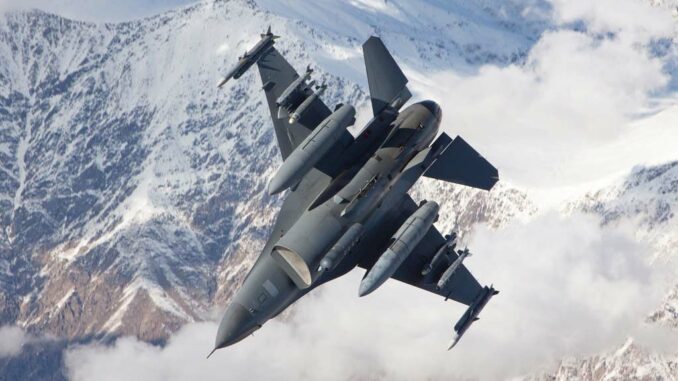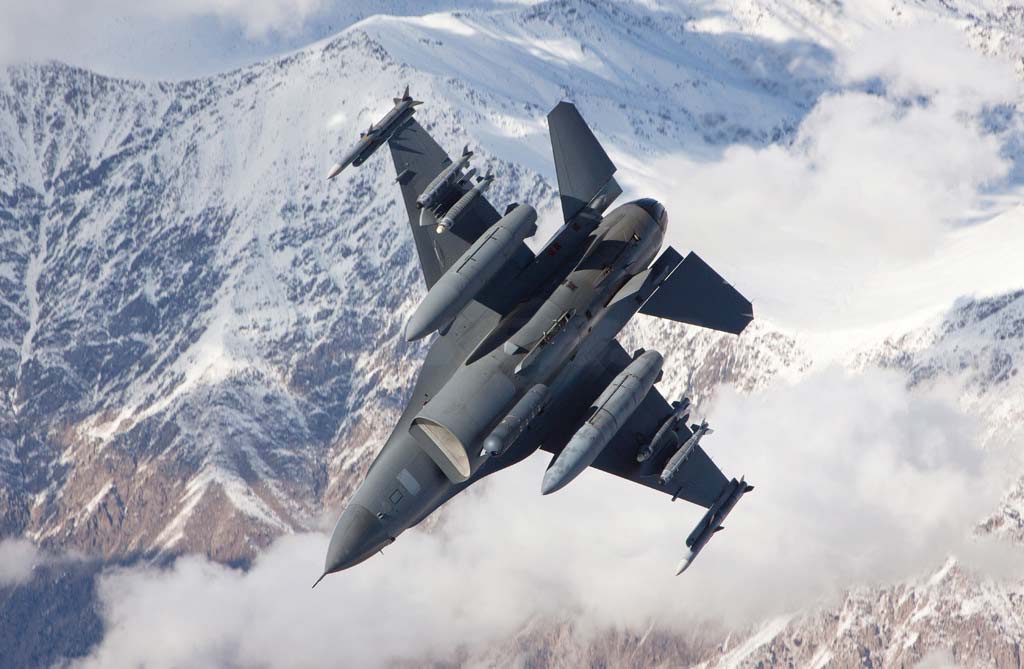
Identifying the best fighter or combat aircraft is a complex task, involving many parameters and criteria. In this article, we will look at the essential criteria to be taken into account when making this choice. It should be noted that the definition of the “best” aircraft will often depend on the operating context and the specific needs of an air force.
Stealth capability
The aircraft must be able to avoid detection by enemy radars. This is achieved through specific designs (shapes, materials) that reduce its radar signature. An aircraft with high stealth capability will be able to close in on the enemy without being detected, offering a strategic advantage.
Maneuverability
An aircraft’s ability to perform fast, complex maneuvers is essential in aerial combat. Superior maneuverability enables the aircraft to avoid enemy missiles and gain the upper hand in close combat.
Speed and operational ceiling
The maximum speed and altitude at which an aircraft can operate directly influence its ability to engage or evade the enemy. High speed can be crucial to intercepting targets or avoiding threats.
Range
Autonomy determines the distance an aircraft can cover without refueling. High autonomy enhances a nation’s force projection capability and operational flexibility.

Weaponry
The variety, range and power of the weapons an aircraft can carry are paramount. Modern aircraft must be capable of engaging air, land and sea targets, requiring a diverse range of weaponry.
Avionics systems
Modern avionics provide pilots with enhanced situational awareness, thanks to advanced radar, sensor and communication systems. State-of-the-art avionics enable better detection, tracking and engagement of targets.
Survivability
An aircraft’s ability to survive in a combat zone depends on a number of factors, including its stealth, countermeasures (such as decoys and ejection systems), and the robustness of its design.
Multi-role capability
An aircraft that can perform several missions (e.g. ground attack, air superiority, reconnaissance) offers greater flexibility to an air force. This can be particularly economical and strategic, as a single type of aircraft can be used for different missions.
Cost
Although it may seem obvious, the cost of acquiring and operating an aircraft is a major criterion. It’s not just the purchase price, but also the costs associated with training, maintenance and upgrades.
Interoperability
The aircraft’s ability to operate alongside other platforms, whether air, land or sea-based, and its compatibility with allied systems is essential in modern joint operations.
Sustainability
This refers to the ease with which the aircraft can be maintained, repaired and returned to service. Good supportability reduces the time the aircraft spends on the ground for maintenance.
Pilot training
A complex aircraft requires rigorous training. The ease with which pilots can be trained to master the aircraft, particularly with modern simulators, is an essential criterion.
Identifying the best fighter or combat aircraft requires a thorough analysis of many criteria, which will vary in importance according to the specific needs of an air force. Any choice will have to balance these criteria against a nation’s strategic and operational requirements.